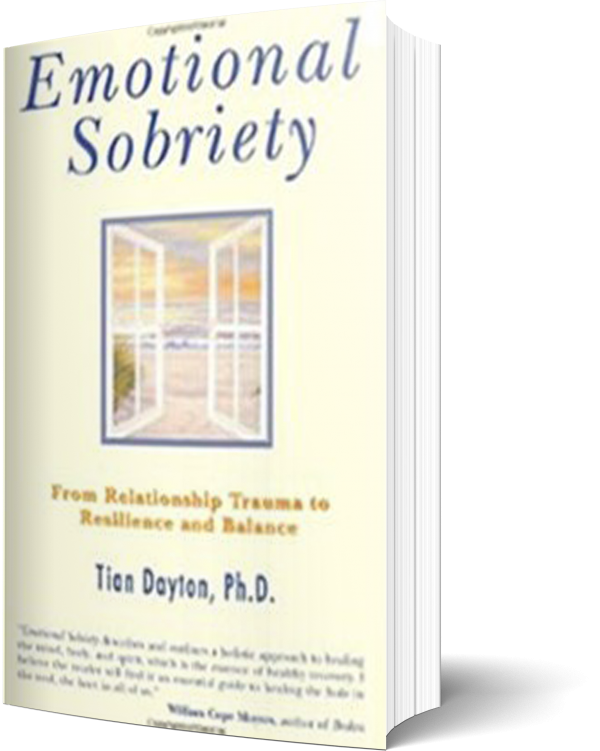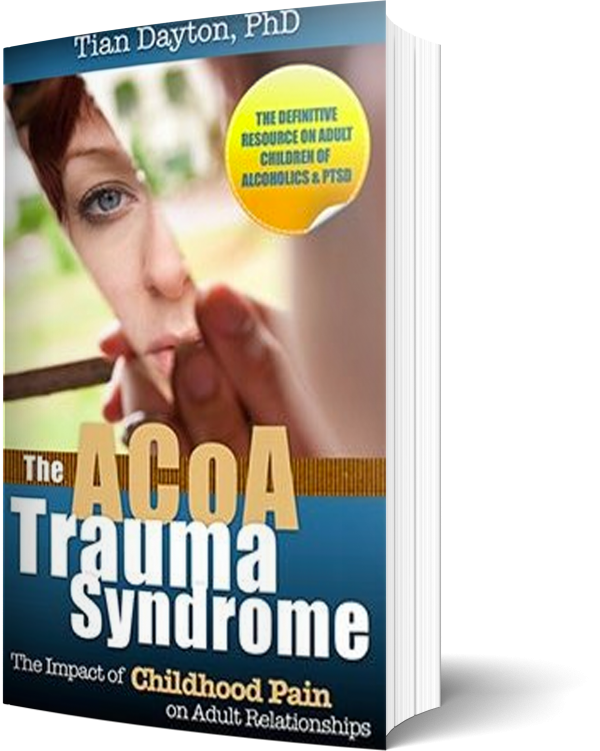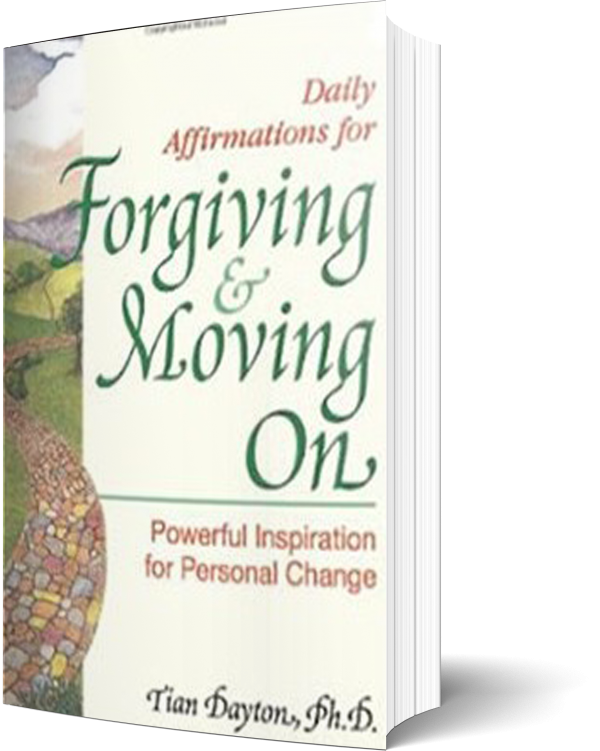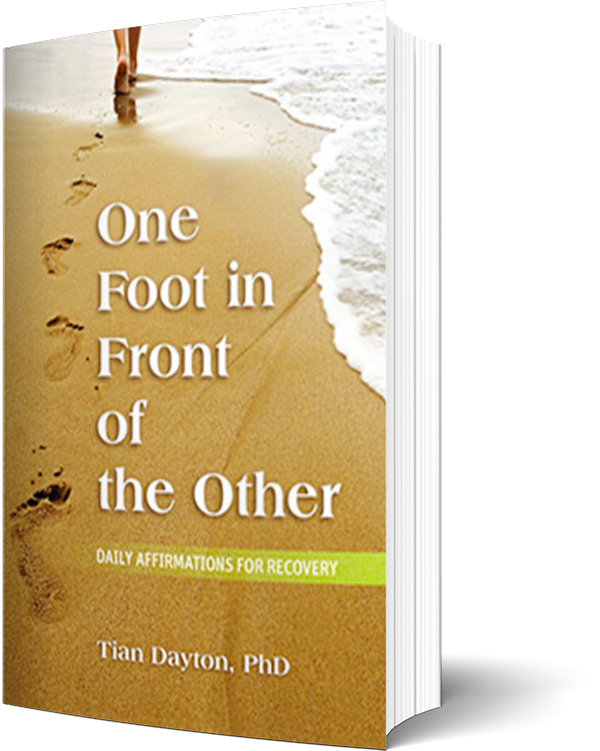Our emotions are physical, they travel through out our bodies on something called peptides. Certain chemicals are designed to bind to like receptors on our cells, in what functions as a seamless emotional, communication network. Stress related chemicals like adrenaline and cortisol or calming body chemicals like serotonin and dopamine drive and influence how we think, function, feel and act. We can learn to use these chemicals of emotion to our advantage rather than our disadvantage, we can take charge of our emotional reactions, in other words, before they take charge of us!
If you feel yourself beginning to enter that emotionally frayed and fried zone, try some simple mood managing strategies. Next time you’re sitting in front of your computer and your body morphs into a vibrating mass of little, stingy sensations or you hear one more piece of lousy financial news and your gut starts to glue itself to the inside wall of your back try one of these:
SLOW DOWN YOUR BREATHING
…..and calm your nervous system. The breath connects the body and the mind, so slowing down the breath has the effect of calming the body, mind and emotions. Breathing is a bodily function that is regulated by the autonomic nervous system as well as the conscious voluntary nervous system. Breathing is the only body system that creates a bridge between the conscious and unconcious mind/body, bringing them into a mutual balance. If our breathing is uneven or labored, our emotions and our mind may become agitated. What do we do the moment when we get scared? Hold our breath, right? When our brains anticipate danger or we get scared, our breathing rate increases so that more oxygen can be sent to the blood cells and muscle fibers to prepare us to fight or run away to safety. Also, when we’re stressed, our breath rate needs to increase in order to clean our blood of those toxins that we’ve build up. That’s why we want to run or exercise to get rid of stress, so we can rid our bodies of those annoying little stress needles and feel normal again.
We can try to consciously relax ourselves by slowing down and deepening our inhalations and exhalations, thereby stimulating our relaxation response and calming our emotions.
When the brain and body are calm, fewer toxins are introduced into the blood stream and respiration slows way down. When we sleep or quietly relax, our breathing tends to become slow and rhythmic and our emotions calm.
Try it for yourself right now. Simply draw deep, rhythmic breaths, allow your diaphragm to expand as you do and observe calm coming to your body, mind and emotions.
THINK UPLIFTING THOUGHTS
In a Harvard study, two control groups were set up in order to measure how what we’re thinking affects or bodies and our emotions. The first control group was asked to watch films of Nazi war crimes. The second, films of Mother Theresa at work. After watching the films each group had blood drawn. The group that had been watching Nazi war films had elevated levels of “stress chemicals” such as adrenaline and cortisol. The group watching the Mother Theresa film had elevated levels of “feel good” chemicals such as serotonin and dopamine that made them feel emotionally regulated and calm. Blood chemicals went back to normal after about twenty minutes. But here is the interesting part. In a second part to the study, subjects were then asked to continue to run the images of the films in their minds throughout the day. Hours later, the results were the same. The group that had been watching Nazi war films had continually high levels of stress chemicals coursing through their blood while the group that had been watching Mother Theresa experienced continued levels of feel good chemicals of emotion.
What we think about all day, really does affect how we feel. Try it, spend five or ten minutes consciously thinking thoughts that make you feel calm, happy and good inside and see what happens to your emotional state. And if you’re not convinced yet that calm is better, try thinking upsetting thoughts or watching something scary or disturbing on TV (easy to find) and see what happens to your emotional state. What we think about really does affect how we feel, if you want to bring calm to your emotions you now have two powerful tools, calm your breathing and think uplifting thoughts. And if that’s not enough:
TAKE A HEART BREAK
Calming your heart or achieving what researchers at HeartMath call “heart coherence” brings emotional calm to your whole body. Regulating heart rhythms also brings calm to blood flow and every body organ and system that the heart influences. You can achieve this coherence in heart rhythms in as little as one minute.
Try the following next time you’re feeling stressed:
• Take a break and mentally disengage from the situation.
• Bring your attention to the area of your heart.
• Recall an experience in which you felt
happiness, love, or appreciation, or just meditate for a
moment on those kinds of thoughts and feelings.
• Re-experience these feelings while keeping your attention
on your heart. Let your breathing be relaxed and regular.
Remember, therapy isn’t about insight alone, it includes making mental and emotional health sustainable and renewable through trading stress inducing habits for emotionally calming ones. Forr more on these subjects check:Emotional Sobriety: From Relationship Trauma to Resilience and Balance tiandayton.com
NOTE: Dr. Tian Dayton will be starting a weekly advice column on The Huffington Post: “Ask Dr. Dayton”. If you have a question you’d like answered please email it to askdrdayton@tiandayton.com with “Huff Post Question” in the subject line.





